Struggling to get your Nikon D3000 working properly? If you’re dealing with an unexpected “Lens not attached” error message on the LCD screen, don’t despair – this is a surprisingly common issue and one that’s easily resolved.
In this blog post, we’ll take a closer look at what causes this error message, how to diagnose the underlying cause, and provide step-by-step instructions on how to fix it so that you can get back to shooting quickly.
So if you need some advice and technical help when it comes to your Nikon camera, read on!
Nikon D3000 Lens Not Attached Error Message: How to Fix?
Check Compatibility
The first step in fixing the “Lens not attached” error message on your Nikon D3000 is to check the compatibility of your lens.
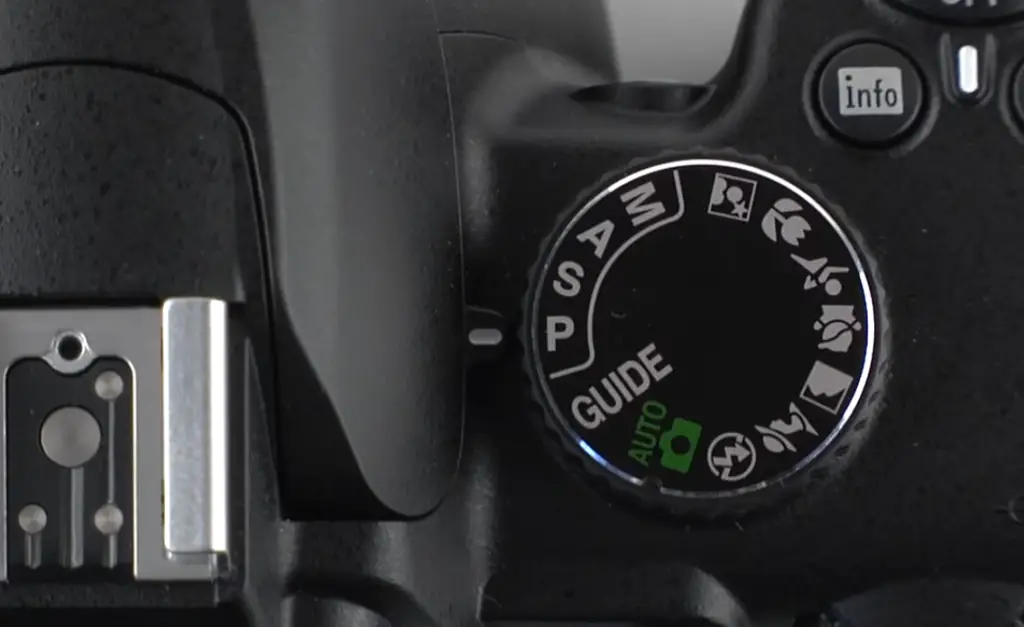
However, there are some exceptions – certain lenses will only work with specific camera models and not others, so make sure to double-check that your lens is compatible before attempting any troubleshooting.
Make Sure The Camera Is Turned Off
Next, make sure to turn your camera off before you start to attach or detach any lenses. This is an important step because it prevents the lens’s electrical contacts from becoming damaged due to static electricity or other factors.
If you’re using a modern DSLR camera, this will also reset the settings and clear any errors that may have been caused by a misalignment.
Make Sure That The Lens Is Attached Properly.
Once you’re sure that the lens is compatible with your camera and the camera is turned off, make sure to attach or detach the lens properly.
This means pressing down on the mount until it clicks into place – this ensures a secure connection between the lens and body.
If you don’t hear a click, then it’s likely that the lens isn’t attached correctly, resulting in the “Lens not attached” error message.
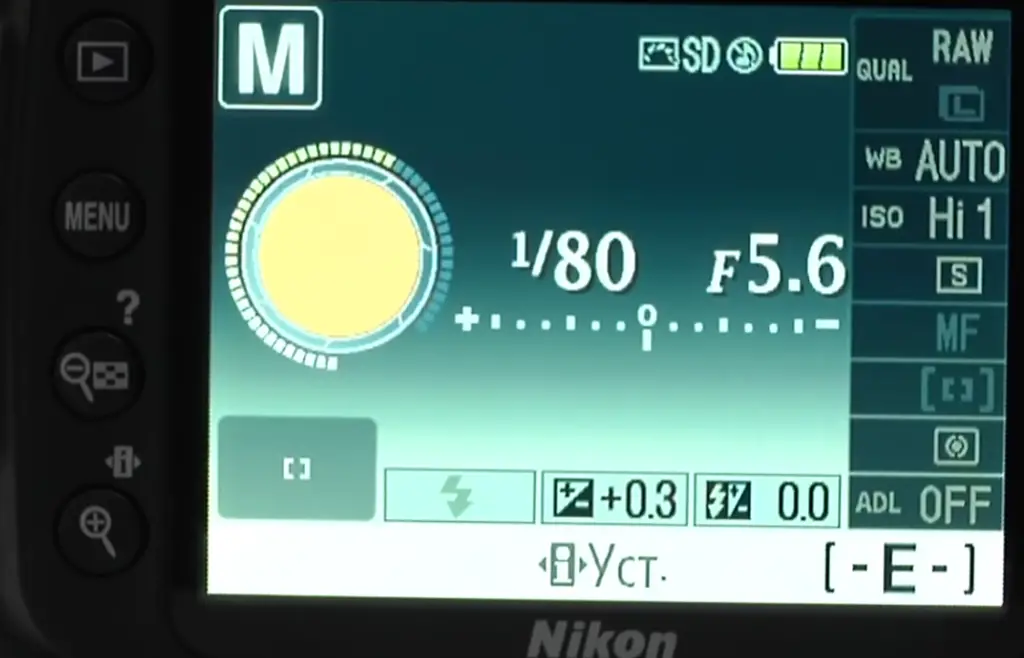
Inspect The Metal Contacts On The Lens.
If you’ve gone through the steps above and your camera is still displaying the “Lens not attached” error message, then it’s likely that there is a problem with the metal contacts on the lens.
These contacts are what allow electricity to pass between the lens and body, so make sure to inspect them for any signs of damage or dirt. If necessary, gently clean the contacts with a soft cloth and some lens cleaner.
If The Lens Contacts Are Not Visibly Damaged Or Misaligned, Move On To Step 6.
If the lens contacts look fine, then it’s time to move on to step six: checking if the autofocus motor is working properly.
This will require you to attach a different lens and take some pictures – make sure to use one that has an autofocus motor so that you can accurately test the functionality.
If everything works as expected, then the problem lies with the original lens and you’ll need to have it repaired or replaced.
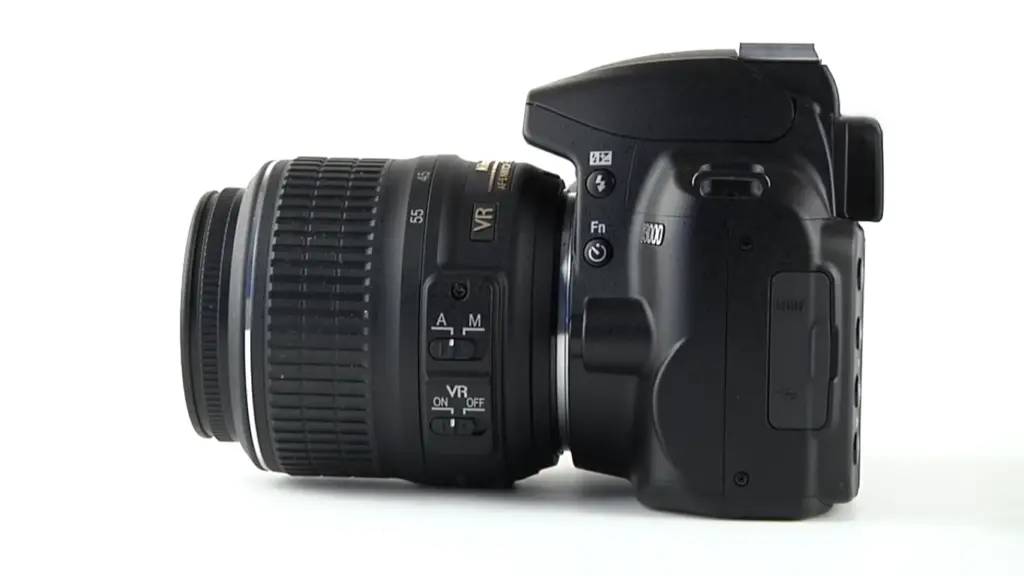
Clean The Metal Contacts/Pins
If the autofocus motor is working properly, then it’s time to check the metal contacts/pins on your lens. These pins are what allows the camera to detect when a lens is attached or detached and can cause an error message if they become damaged or dirty.
To clean them, use a soft cloth and some electronic contact cleaner – make sure not to use any liquid on the pins as this could cause further damage.
How To Clean Metal Contacts on Lens?
Reattach The Lens
Once you’ve cleaned the metal contacts, it’s time to reattach the lens – make sure to press down firmly until you hear a click. This should resolve the “Lens not attached” error message and your camera should be back in working order!
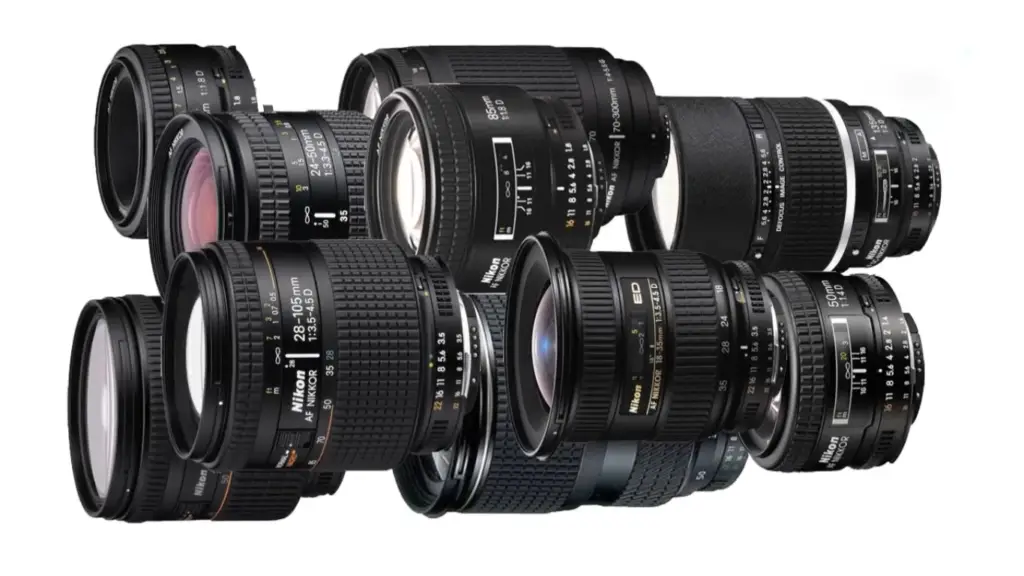
In this case, it’s to seek help from an experienced professional who can diagnose and repair the issue for you.
Check If Lens Is Now Working
Once you’ve reattached the lens and have switched it on, the last step is to check if everything is working as expected.
Check for an image in the viewfinder, and if there’s none then switch to Manual Focus mode. If this works, then it means that your lens is now fixed and you can enjoy using it again!
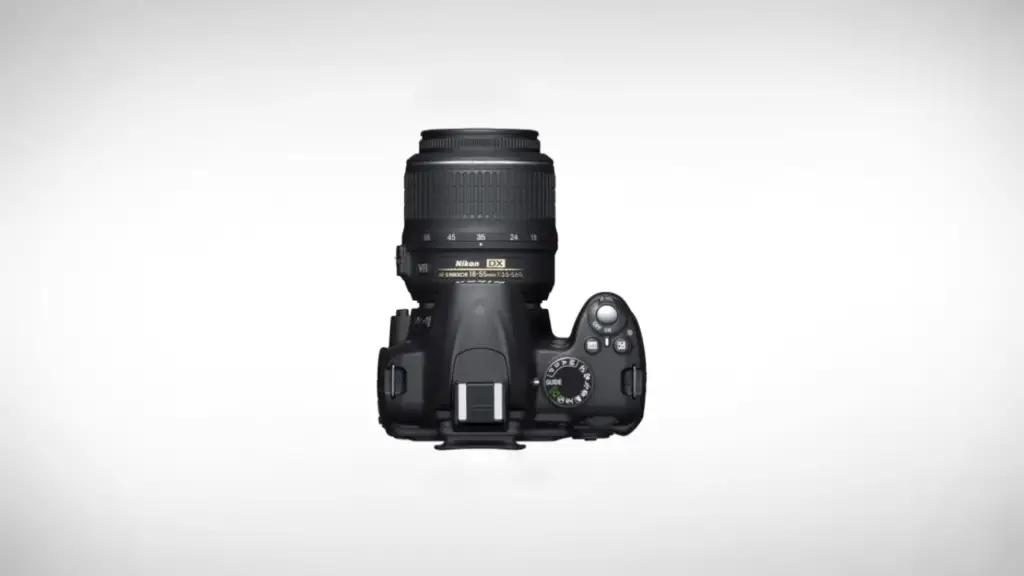
FAQ
Why does my Nikon say the lens is not attached?
The “Lens not attached” error message on a Nikon camera usually indicates that the lens is not correctly attached to the body. This can happen due to a misalignment or incompatibility between the lens and body, or because of damage or dirt on the metal contacts.
How do I fix this issue?
To fix this issue, you’ll need to check the compatibility of your lens, make sure that the camera is turned off before attaching and detaching lenses, attach or detach the lens properly, inspect the metal contacts on your lens for any damage or dirt, check if the autofocus motor is working properly, clean the metal contacts/pins, and reattach the lens.
If these steps don’t fix the issue, then it’s likely that there is a more serious problem with the lens or camera and you’ll need to seek help from an experienced professional.
What does it mean when the lens is not attached?
When a lens is not attached correctly, it can cause the camera to display an error message. This means that the electrical contacts between the lens and body are not properly aligned or connected, preventing the camera from recognizing that a lens is present.
How do you fix a lens error?
The first step is to check the compatibility of your lens with your camera body – certain lenses will only work with specific cameras and not others. After that, you’ll need to make sure that the camera is turned off before attaching and detaching lenses, attach or detach the lens properly, inspect the metal contacts on your lens for any damage or dirt, check if the autofocus motor is working properly, clean the metal contacts/pins, and reattach the lens.
If these steps don’t fix the issue, then it’s likely that there is a more serious problem with the lens or camera and you’ll need to seek help from an experienced professional.
What does lens error mean on a camera?
Lens error usually means that the lens is not properly attached or aligned with the body of your camera, preventing it from recognizing that a lens is present. This can be caused by a misalignment between the lens and body, damage or dirt on the metal contacts, or other factors.
To fix this issue, you’ll need to make sure that the camera is turned off before attaching and detaching lenses, attach or detach the lens properly, inspect the metal contacts on your lens for any damage or dirt, check if the autofocus motor is working properly, clean the metal contacts/pins, and reattach the lens.
How do I get rid of camera errors?
The first step is to identify the type of error your camera is displaying. If it’s a “Lens not attached” error, then you’ll need to check the compatibility of your lens with your camera body, make sure that the camera is turned off before attaching and detaching lenses, attach or detach the lens properly, inspect the metal contacts on your lens for any damage or dirt, check if the autofocus motor is working properly, clean the metal contacts/pins, and reattach the lens.
What is the free lens error, Nikon?
The free lens error Nikon is an error message that appears on some camera models when the lens is not correctly attached or aligned with the body. This typically occurs due to a misalignment between the lens and body, damage or dirt on the metal contacts, or other factors.
To fix this issue, you’ll need to make sure that the camera is turned off before attaching and detaching lenses, attach or detach the lens properly, inspect the metal contacts on your lens for any damage or dirt, check if the autofocus motor is working properly, clean the metal contacts/pins, and reattach the lens.
What if none of these methods fix my error?
If you find yourself still struggling with this issue after following all of these steps, then it’s likely that there is a more serious problem with the lens or camera. In this case, it’s to seek help from an experienced professional who can diagnose and repair the issue for you.
What else can I do to make sure my Nikon camera works properly?
To ensure that your Nikon camera is working properly, it’s important to keep the lens clean and free from dust and dirt. Make sure to check for any damage or wear on the body of the lens, inspect the metal contacts, and use a lint-free cloth to wipe away any smudges or dirt from the lens.
Additionally, make sure to replace any worn-out parts with genuine replacements. Lastly, if there is an issue with the camera that you can’t fix yourself, then it’s best to seek help from a professional who can diagnose and repair the problem for you.
How can I prevent this error from happening in the future?
The best way to ensure that your Nikon camera works properly and to avoid any errors is to make sure you are using compatible lenses with your camera, avoid attaching or detaching lenses when the camera is on, clean the metal contacts/pins regularly, and check for any damage or wear on the body of the lens.
How can I be sure my Nikon lens is properly attached?
To make sure that your Nikon lens is securely attached, first, check that it is correctly aligned with the body. Then, gently turn the lens in a counter-clockwise direction until you feel it click into place and hear a soft clicking sound. If everything has been done correctly, then the lens should now be firmly attached and ready to use.
If the lens does not click or you do not hear a clicking sound, then it likely wasn’t properly aligned with the body. In this case, detach the lens and try again until it is securely in place.
How often should I check for dirt and damage on my lens?
It’s important to regularly inspect your lens for any dirt or damage that may have accumulated over time. We recommend inspecting the metal contacts and body of the lens at least once a month to ensure proper functioning.
Additionally, be sure to clean the metal contacts/pins with a lint-free cloth every time you attach or detach the lens. Doing these steps regularly will help extend the life of your lens and prevent any potential errors from occurring.
Why is it important to use a lint-free cloth when cleaning the metal contacts/pins?
Using a lint-free cloth to clean the metal contacts/pins is important because any dust or dirt particles that may be left behind can cause electrical issues and prevent your camera from working properly.
A lint-free cloth ensures that no additional particles are added during the cleaning process and helps keep your camera in proper working order.
Does using a non-genuine replacement part on my camera void the warranty?
Yes, using a non-genuine replacement part on your camera will likely void the warranty. To ensure that your Nikon camera is covered by the warranty, all parts used must be genuine replacements from the manufacturer.
Additionally, make sure to keep all receipts and documentation related to any repair or replacement parts in case you need to use the warranty.
Do I need to take my camera in for maintenance?
Regular maintenance is recommended to keep your Nikon camera functioning properly. Depending on the model of your camera, it’s typically best to take it to a professional for any required service or repairs.
Doing regular check-ups and maintenance will help extend the life of your camera and prevent any potential errors from occurring.
Does Nikon offer any technical support to help with camera issues?
Yes, Nikon offers a range of technical support services to help customers troubleshoot and fix issues with their cameras. Customers can contact Nikon’s customer service team via phone or email for assistance.
Additionally, there are also several online resources available that provide helpful tips and tricks for fixing common camera-related problems.
Do I need to get my camera serviced if I find myself with an error message?
If you find yourself with an error message, it’s best to take your camera in for service as soon as possible. An experienced professional will be able to properly diagnose and repair any issues that may be causing the error.
Doing so will help ensure that your Nikon camera is working properly and help you avoid any potential errors in the future.
Does Nikon provide any warranty information for their cameras?
Yes, Nikon offers a full-service warranty on all of its cameras. The specific details of the coverage can vary depending on the model and type of camera you have purchased. Generally, customers are covered for defects in materials or workmanship under normal use during the period specified by Nikon. Customers should refer to their product manual or contact Nikon directly for more information on the coverage of their specific camera.
Useful Video: How to fix lens not attached error on Nikon camera
Conclusion
By using these step-by-step instructions, you can easily diagnose and fix the Nikon D3000 lens, not the attached error message. Don’t be intimidated by technology, it is simpler than it looks and extremely useful when you know how to take care of it.
It’s a great idea to develop a relationship with your local camera shop as well because their expertise can save you loads of time and hassle when troubleshooting any issues you may have in the future.
They are there for more than just purchasing equipment; they offer great advice and customer service. So keep these tips in mind if you ever find yourself facing the Nikon D3000 lens not attached error message, and take advantage of the wealth of information available on the internet so that you’re never left wondering “What now?”. As always, stay creative, and never be afraid to experiment with your photography!
References
- https://www.photographypursuits.com/fix-nikon-lens-not-attached-error/





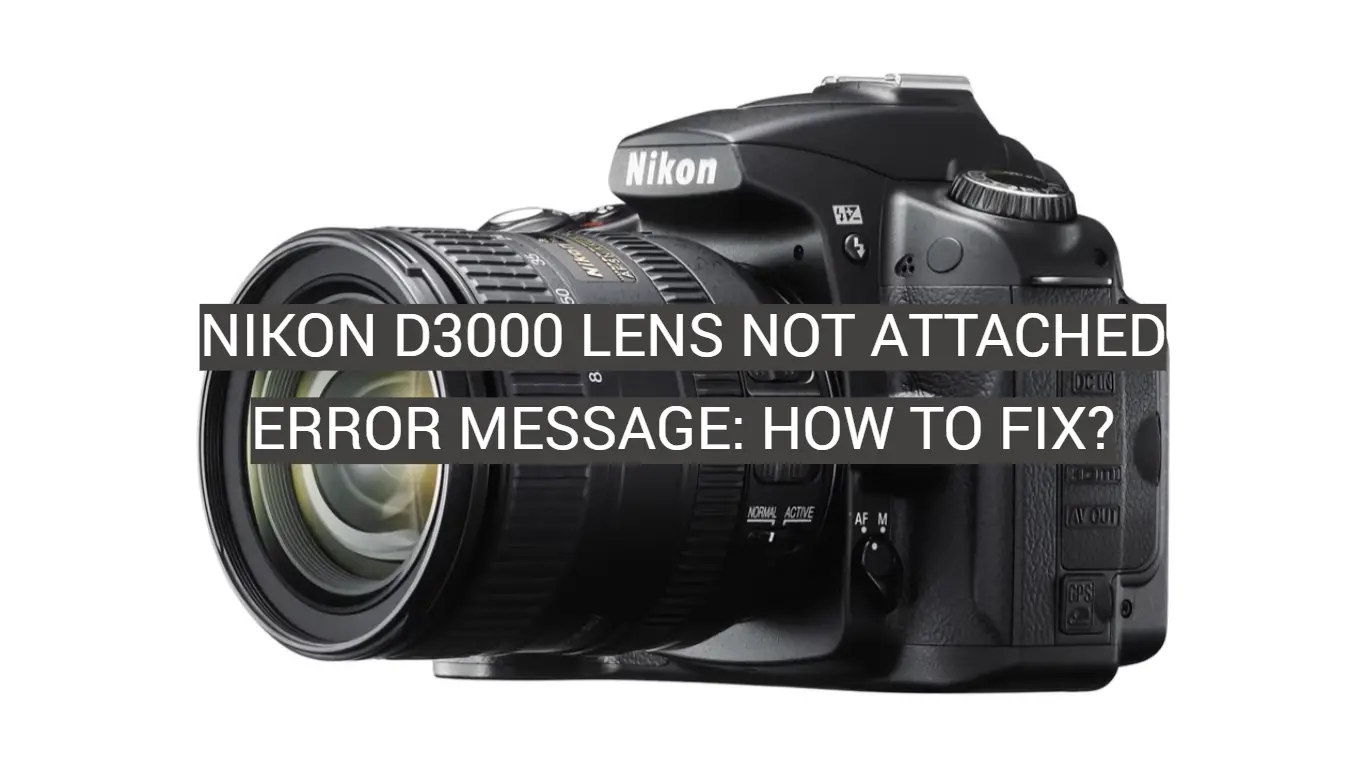
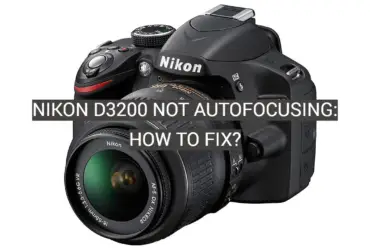
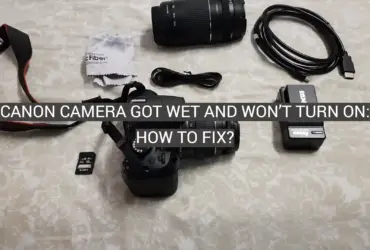

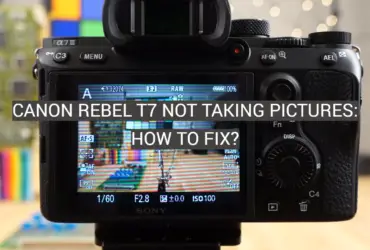

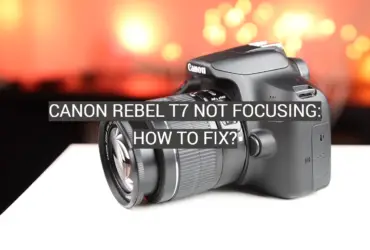
Leave a Reply